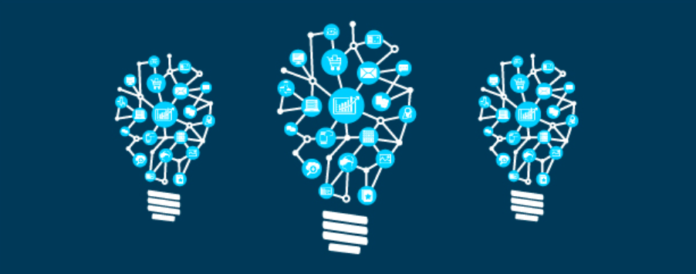Gartner has announced its list of the 10 top strategic technology trends that organizations need to explore next year, highlighting those that will drive significant disruption and opportunity over the next five to 10 years.
Top 10 strategic technology trends for 2023:
In a Gartner survey, chief executive officers reported that environmental and social changes are now a top three priority for investors, after profit and revenue. Because of this, executives must invest more in innovative solutions that are designed to address ESG (Environmental, Social, and Governance) demands to meet sustainability goals.
According to Gartner, to achieve sustainability goals, organizations will need a new sustainable technology framework that increases the energy and material efficiency of IT services, enables enterprise sustainability through technologies like traceability, analytics, renewable energy and AI.
By 2027, the company is predicting that more than 40 per cent of large organizations globally will use a combination of Web3, augmented reality (AR) cloud and digital twins in metaverse-based projects aimed at increasing revenue
Gartner expects that a complete metaverse will be device-independent and won’t be owned by a single vendor. It will have a virtual economy of its own, enabled by digital currencies and non-fungible tokens (NFTs).
A superapp combines the features of an app, a platform and an ecosystem in one application. It’s a platform for third parties to develop and publish their own mini-apps, while having its own set of functionalities. By 2027, Gartner predicts that over half of the global population will be daily active users of multiple superapps.
According to Frances Karamouzis, VP analyst at Gartner, while most examples of superapps are mobile apps, the concept can be applied to applications such as Microsoft Teams and Slack.
Adaptive artificial intelligence (AI) systems retrain models and learn within runtime and development environments based on new data, quickly adapting to changes in real-world circumstances that were not foreseen or available during initial development. They use real-time feedback to adjust goals, making them suitable for operations where rapid changes in the external environment or changing enterprise goals require an optimized response, according to Gartner.
Digital immunity combines data-driven insight into operations, automated and extreme testing, automated incident resolution, software engineering within IT operations, and security in the application supply chain to increase the resilience and stability of systems. Gartner predicts that by 2025, organizations that invest in building digital immunity will reduce system downtime by up to 80 per cent.
Observable data reflects the digitized artifacts, like logs, traces, API calls, dwell time, downloads and file transfers, that appear when any stakeholder takes any kind of action, Gartner reveals. Applied observability feeds these observable artifacts back in a highly orchestrated and integrated approach to accelerate organizational decision-making.
- AI trust, risk and security management
A Gartner survey in the U.S, U.K., and Germany found that 41 per cent of organizations had experienced an AI privacy breach or security incident. That same survey also found that organizations that actively managed AI risk, privacy and security achieved improved AI project results.
Organizations need new capabilities to ensure model reliability, trustworthiness, security and data protection. AI trust, risk and security management (TRiSM) requires participants from different business units to work together to implement new measures.
Industry cloud platforms offer a combination of software as a service (SaaS), platform as a service (PaaS) and infrastructure as a service (IaaS) providing industry-specific sets of modular capabilities to support specific industry business use cases. By 2027, Gartner predicts that about half of enterprises will use industry cloud platforms to accelerate their business initiatives.
Enterprises can use the packaged capabilities of industry cloud platforms as building blocks to compose unique and differentiating digital business initiatives, providing agility, innovation and reduced time to market, while avoiding lock-in.
Gartner defines platform engineering as “the discipline of building and operating self-service internal developer platforms for software delivery and life cycle management.” The goal of platform engineering is to optimize the developer experience and accelerate product teams’ delivery of customer value.
Gartner forecasts that 80 per cent of software engineering organizations will establish platform teams by 2026, and that 75 per cent of those will include developer self-service portals.
- Wireless value realization
Enterprises will use various wireless solutions, from Wi-Fi in the office through services for mobile devices to low-power services and even radio connectivity. Gartner predicts that by 2025, 60 per cent of enterprises will be using five or more wireless technologies simultaneously.
As networks move beyond pure connectivity, they will provide insight using built-in analysis, and low-power systems will harvest energy directly from the network. This means the network will become a source of direct business value.
Source by www.itworldcanada.com





























